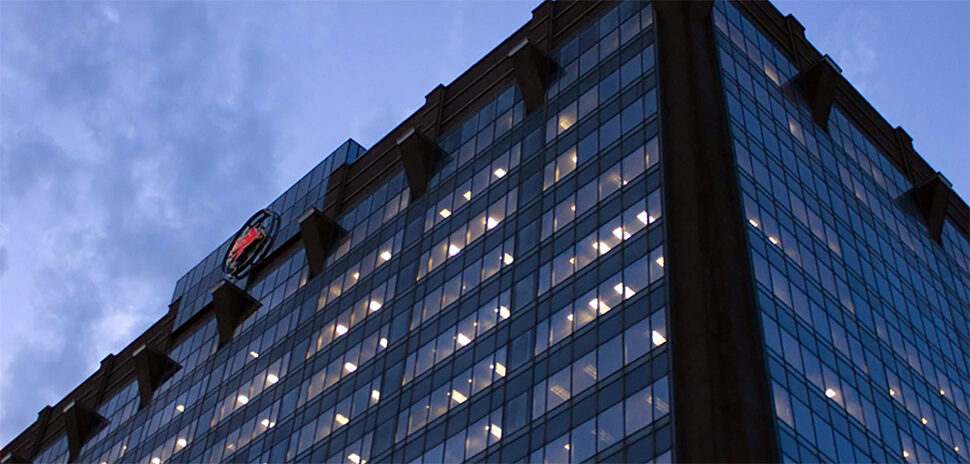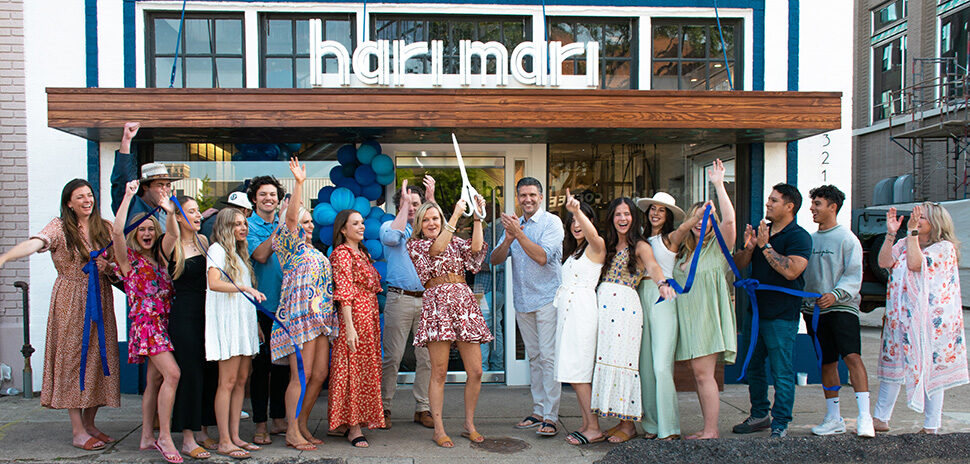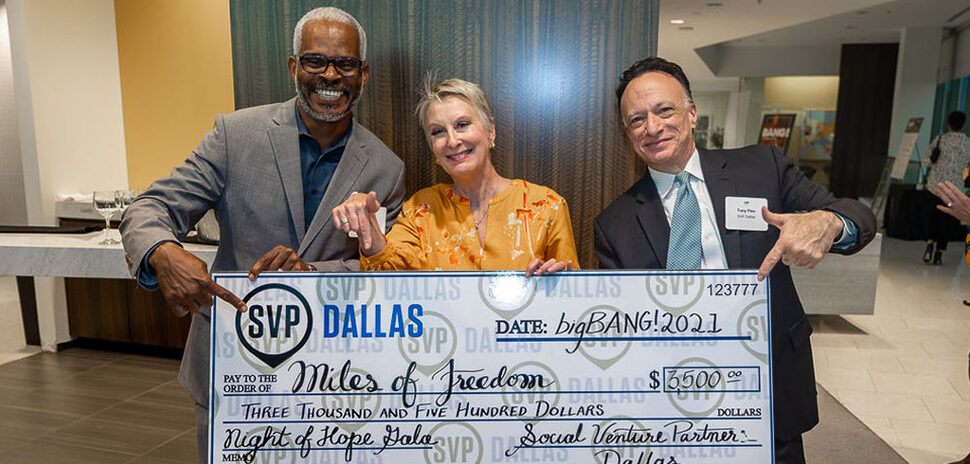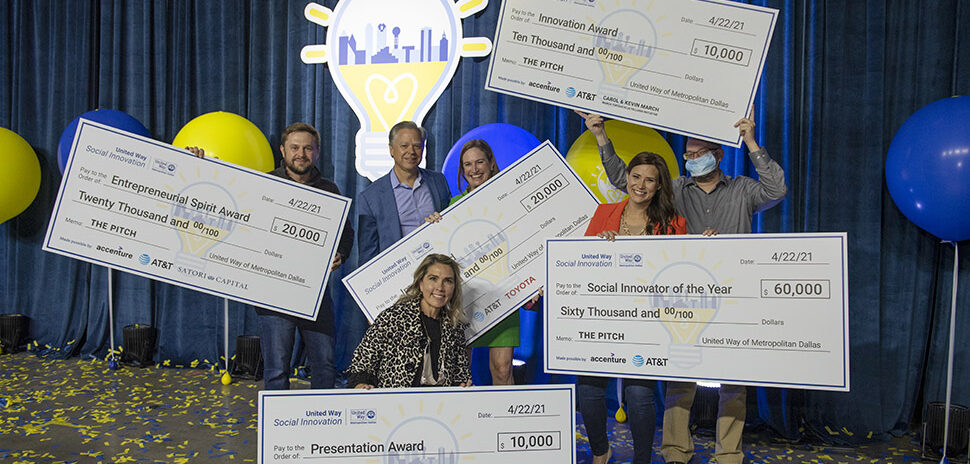In the Social Entrepreneurship class I teach at UNT, I share with my students a continuum, which places pure for-profit companies on the left and pure charitable organizations on the right. In recent years, for-profit companies and nonprofit companies have been moving toward the middle of the spectrum. Nonprofits across North Texas are rapidly adopting more habits of the business sector. And, now DFW businesses – big and small – are awakening to the value of “doing good.” This movement in the for-profit sector is being accelerated by a number of trends.
First, customers are demanding it. A recent study by Havas on “Project Superbrand: 10 Truths Reshaping the Corporate World” found that two in three consumers believe that business is just as responsible for positive social change as government. In addition, 80 percent want companies to work with nonprofits to improve their communities. Fueled by a marketing shift that is focused on customer experience, positive corporate social responsibility is upshifting from good PR to an essential corporate strategy.
CAPITALISM WITH A SOCIAL CONSCIENCE
Example: AT&T’s CEO Randall Stephenson made a bold move for a communications company and turned a corporate speech into a testimonial on race relations. Inspired by recent events in Dallas, he proclaimed that “tolerance is for cowards,” and challenged all employees to “move into uncomfortable territory and understand each other.”
Second, as companies fight for talent, employees are choosing companies that are “doing good” and investing in them and in the community. A recent study by Cone Communications on “Employee Engagement” found:
- 55 percent of job candidates would choose to work for a socially responsible company – even if the salary was less.
- 51 percent of candidates (and 66 percent of millennials) would not work for a company that doesn’t have a strong social or environmental record.
- 70 percent not only want to know that their company is doing good, but they also want to be part of the work.
Example: For-profit innovator ORIX USA, a Dallas-based financial services company, which I was recently honored to profile in Dallas Innovates, uses a unique “bottom-up” approach to corporate giving. As a result of their approach, ORIX USA’s employees volunteer twice as much as the national average.
Third, Wall Street is paying attention. Fortune magazine has had an annual list of “Best Places to Work” since 1998. Researchers have evaluated that list and showed that these companies consistently outperform their industry benchmarks. In 2015, they recently launched a new list – the Change the World List. Economists Scott J. Callan and Janet M. Thomas have noted that “empirical evidence … indicates that firms need not view social responsibility and profitability as competing goals.”
Example: Since CVS Health made its announcement in 2014 that it would no longer sell tobacco products and shifted its positioning, its stock price has outperformed its closest competitor, Walgreens, and it was named No. 28 on Forbes’ Change the World list.
OCCUPYING THE MIDDLE OF THE SPECTRUM
Finally, business owners and social entrepreneurs are designing (or redesigning) companies that occupy the middle portion of the spectrum. These companies operate as Benefit Corporations, for-profit companies that are dedicated to not only doing good, but also doing no harm to their communities.
Example: Recently, B Lab just released its list of “Best for the World” companies. My company, Social Impact Architects, and Dolphin Blue, the only Dallas-based certified Benefit Corporations, were honored to be part of that list again in 2016. We have joined the ranks of companies like Patagonia and Etsy, who have baked social good into their DNA. We are also transparent and have undergone an independent assessment (see our 2016 Annual Report) of our efforts to impact our community, the environment and our employees.
Capitalism is getting a facelift – for good. This “movement to the middle” means we now have an army of for-profit companies in North Texas wanting to make a difference in their communities. Either on their own or, ideally, by partnering with North Texas nonprofits, these companies have the opportunity to “do good,” increase their social capital and boost their bottom line.
Delivering what’s new and next in Dallas-Fort Worth innovation, every day. Get the Dallas Innovates e-newsletter.

































